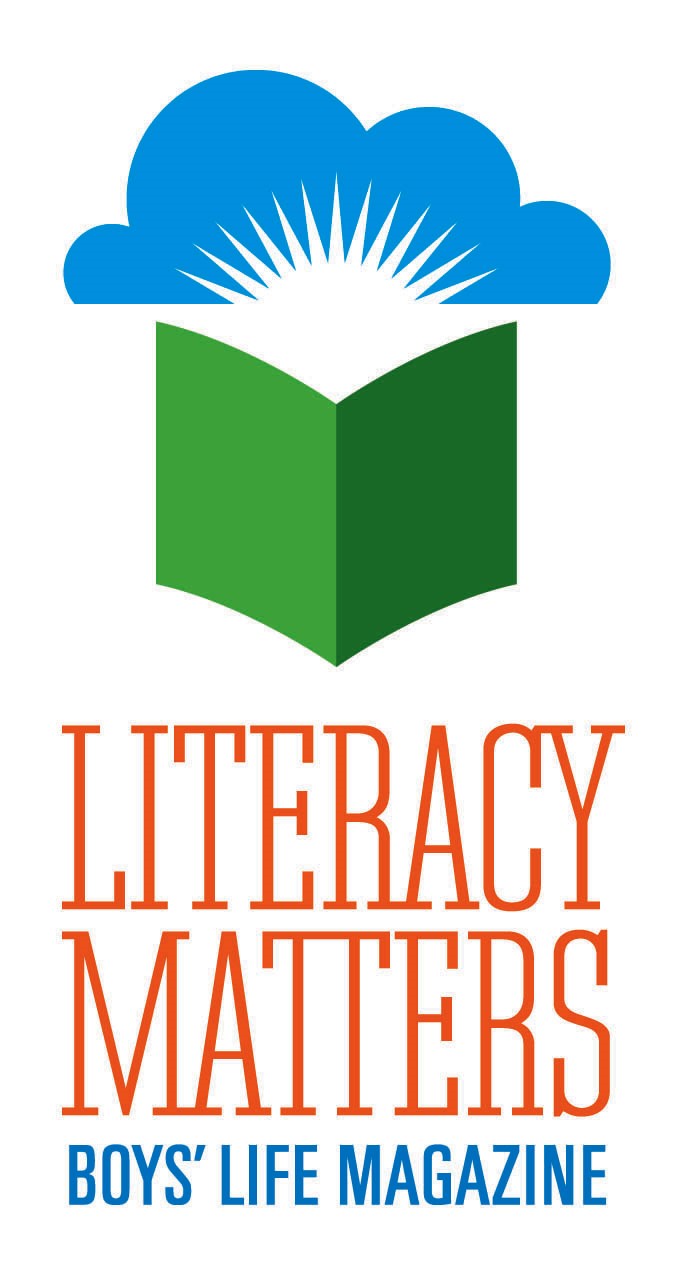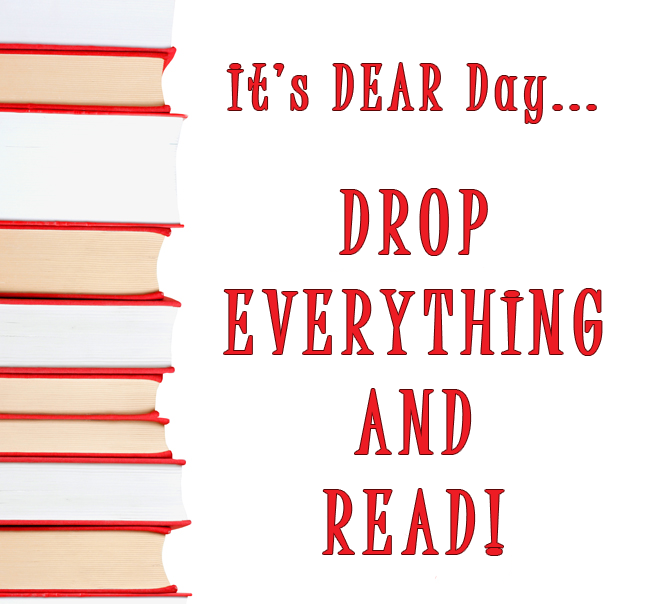A Crisis of Confidence to Succeed – The Literacy Challenge Facing Boys
Guest Post by Michael Gurian
Literacy matters. Reading, writing, and speaking intersect with everything in life: character development, emotional intelligence, and physical fitness. Reading is essential for successful brain development in children, and stories help build character and emotional development. There are few career areas in which literacy skills—reading, writing, critical thinking, articulation of positions in words, and even anecdotal storytelling—are not essential for success. The Boy Scouts of America’s mission to help boys be “Prepared. For Life.®” is directly correlated with the need for literacy in America and precisely why the BSA incorporates literacy skills into so much of its program.









